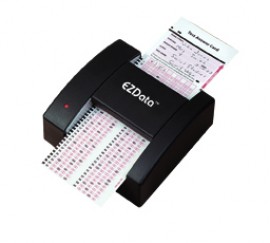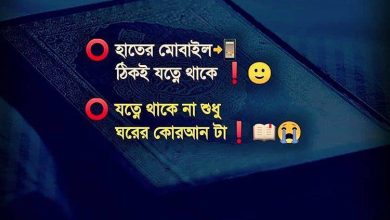Optical Mark Reader (OMR): Streamlining Data Collection and Assessment

In today’s digital age, the need for efficient and accurate data collection methods is paramount. One technology that has been instrumental in this regard is the Optical Mark Reader (OMR). OMR, often referred to as the “mark-sense” or “bubble sheet” technology, has revolutionized the way data is collected and processed in various fields, ranging from education and surveys to elections and assessments.
Understanding OMR Technology
OMR technology relies on the principles of optical scanning to detect and capture human-marked data on specially designed forms or sheets. These forms consist of multiple-choice questions or statements with corresponding answer options represented as bubbles or checkboxes. Respondents simply mark their chosen answers by filling in or shading the corresponding bubbles.

The OMR scanner then utilizes optical sensors to detect the presence or absence of marks in predefined areas on the form. These marks are translated into digital data, which can be easily processed and analyzed by computer software. The key advantages of OMR technology lie in its speed, accuracy, and scalability.
Applications of OMR
Education
OMR has made a significant impact in the education sector, particularly in standardized testing and examinations. It enables quick and error-free grading of multiple-choice tests, reducing the workload on educators and ensuring fair and consistent assessment. Educational institutions can process thousands of test sheets within minutes, providing timely feedback to students.
Surveys and Market Research
When conducting surveys or market research, collecting and analyzing responses from a large number of participants can be challenging. OMR simplifies this process by rapidly capturing data from surveys, questionnaires, and feedback forms. Researchers can focus on data interpretation and decision-making rather than data entry.
Elections
OMR technology has also found its place in elections and voting systems. By using specially designed ballot sheets, voters mark their choices, and OMR scanners swiftly tally the votes. This enhances the accuracy and transparency of the electoral process, reducing the likelihood of errors or disputes.
Healthcare
In healthcare, OMR plays a crucial role in patient data management. Medical professionals can quickly record and update patient information using OMR forms, ensuring accuracy and consistency in health records. This technology also streamlines insurance claims processing and billing procedures.
Advantages of OMR
- Speed: OMR scanners can process thousands of forms in a matter of minutes, significantly reducing the time required for data collection and analysis.
- Accuracy: OMR technology is highly accurate, as it eliminates the possibility of human data entry errors. It ensures reliable results in assessments, surveys, and other data-critical processes.
- Cost-Efficiency: The cost of OMR systems is relatively low when compared to other data collection methods. It offers a cost-effective solution for organizations with high-volume data needs.
- Versatility: OMR can be customized to suit various applications, allowing organizations to adapt it to their specific requirements.
- Scalability: Whether processing a small batch of forms or handling a massive data collection project, OMR technology can scale to meet the demands.
Challenges and Considerations
While OMR technology offers numerous benefits, there are a few considerations to keep in mind:
- Form Design: Proper design of OMR forms is crucial to ensure accurate data capture. Any design flaws can lead to misinterpretation of marks.
- Maintenance: OMR equipment requires periodic maintenance and calibration to ensure consistent performance.
- Complexity: OMR may not be suitable for applications involving complex data or handwritten text recognition, as it primarily focuses on checkbox and bubble-based data.
Conclusion
Optical Mark Reader technology has proven itself as a powerful tool for efficient and accurate data collection and assessment in various domains. Its ability to rapidly process large volumes of data while maintaining high levels of accuracy makes it indispensable in today’s data-driven world. As technology continues to evolve, OMR remains a valuable asset for organizations seeking to streamline their data collection and analysis processes.



